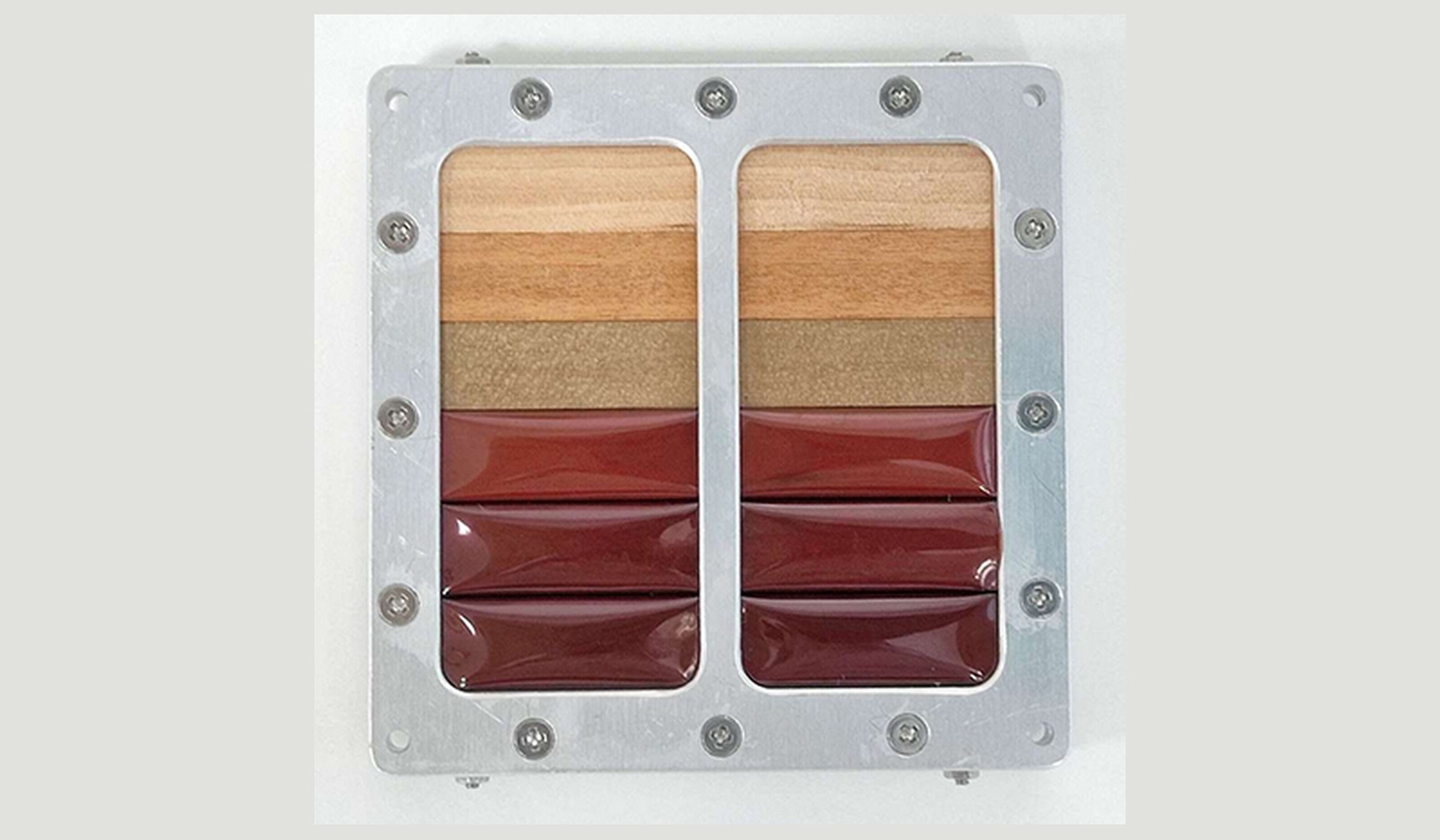With the Earth’s atmosphere surrounded by satellites, something must be done to prevent some debris from ending up killing someone.
The Japanese Space Agency (JAXA) will go into orbit next year a wooden satellite. It sounds crazy, but it makes more sense than it seems.
Now the satellites are put into orbit one hundred at a time, Elon Musk’s Starlink already has thousands in orbit. They are only operational for a few years, then they become space junk that remains floating in space, with the danger of colliding with the International Space Station, or falling to Earth.
Most disintegrate upon entering the atmosphere, but there is always the danger of a piece of metal or a nut hitting someone.
Is a wooden satellite possible?
Replacing the metal alloy chassis and casing of a satellite with wood, would offer many advantages.
Satellites would be much cheaper, allowing schools and amateur scientists to access them. They would also less dangerous against a possible collision in space. And if they fall to earth would burn in the atmosphere and disintegrate.
But it does not seem very sensible to substitute a metallic material for an organic one in space, subjected to radiationsand extreme temperature changes… or maybe yes?
Well the reality is that the vacuum works as an excellent preservative for wood. Kyoto University held last year an experiment on the International Space Station, leaving in space, for 10 months, several samples of different types of wood:

They verified that magnolia wood does not deteriorate in spacenot even by subjecting it to extremes of hot and cold temperatures, as well as radiation for almost a year.
That is the reason that the japanese satellite will be built with magnolia wood. That’s why it’s called lignosat.
Logically, the wooden satellite It will still have some metal components, such as the solar panels or the computer chips and sensors inside. But they are very small and light parts. JAXA has in mind put it into orbit in 2024with help from NASA.














